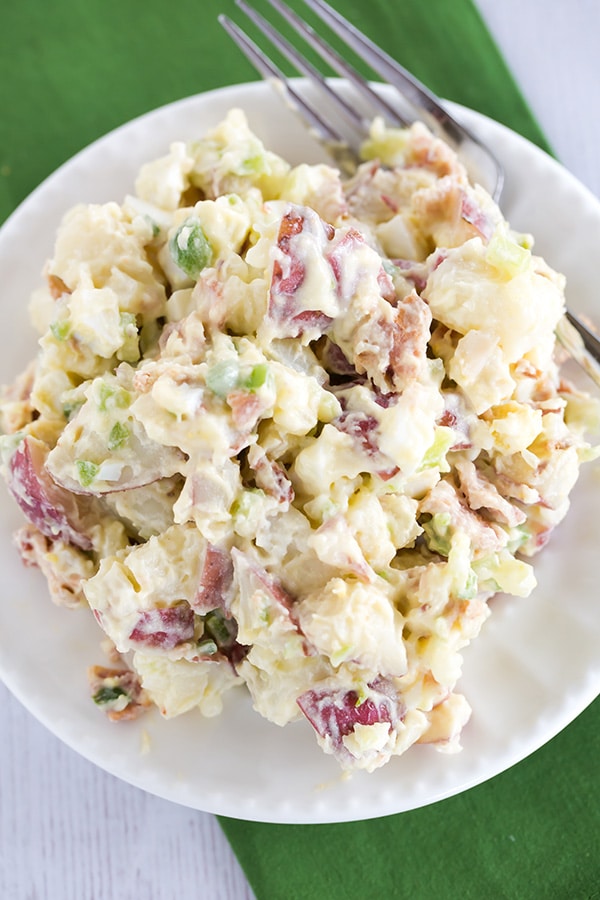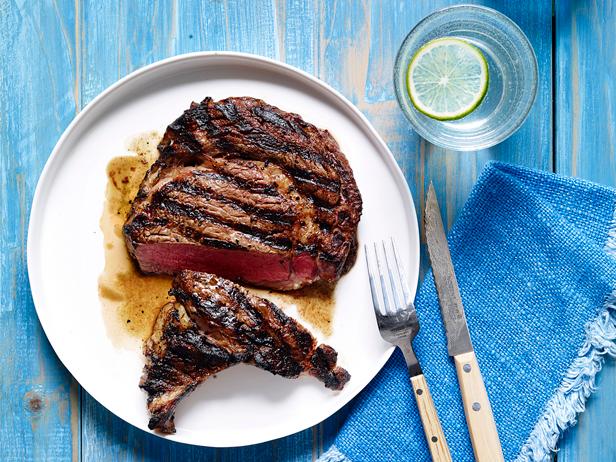How Long Can Your Leftovers Actually Last?
Since most people get together with family and friends a lot in the summertime there is one thing there seems to be a lot of besides love: leftovers. Whether it’s potato salad from a potluck, a casserole from having a new baby, or leftover biscuits and gravy from a weekend big breakfast, the question is how long can you hang onto these before having to toss them? Here are a few suggestions from Jen Tong, who is the global managing director of integrity and process excellence for the Nation Sanitation Foundation (NSF).
Egg, Tuna or Chicken Salads

Homemade egg, tuna or chicken salad can actually last up to seven days in the refrigerator. Just remember that your fridge should be set to 40 degrees or colder.
Take extra precaution by beginning with ingredients that have been chilled (at 40 degrees or below) ahead of time, including even a brand new jar of mayo and a can of tuna.
Cooked Meats

Poached chicken, grilled steak and roast pork tenderloin all keep well for three to four days in the fridge. Tong recommends putting the items in the refrigerator within two hours, since the less time the food spends at room temperature, the better (and safer).
Pizza
Just as with cooked meats, pizza is usually good for three or four days in the refrigerator. (Wrap it tightly to keep it tasting fresh.)
If the pizza sat out for a few hours before being refrigerated, which seems to happen almost every time (guilty!), you're safest reheating it before eating. The skillet method is the most effective way to revive a soggy bottom, giving you a moist crust and making the cheese melt.
Soups and Chilies

Whether you've made a pot of minestrone, chicken noodle or chili, when it comes to soups and chilies, there are almost always leftovers. The great news is more often than not soups taste even better the second day! You can keep enjoying them for three to four days once refrigerated. The important thing is to get the temperature down quickly to keep the food in a safe temperature zone (below 40 degrees, or above 140).
To speed the cool-down process, try separating large quantities into smaller containers. They can go directly into the fridge at that point; just leave the leftovers partially uncovered while they cool, then cover them completely once they reach fridge temperature.
Everything Else

While three to four days is a good rule of thumb for most leftovers, there are exceptions (for instance, leftover raw shellfish, such as ceviche or sushi, has a lifespan of just one to two days). For an easy way to determine whether to toss something, there are a number of free apps that can help; one is Is My Food Safe? (a collaboration between the Academy of Nutrition and Dietetics and ConAgra Foods), where you can scroll through by category, say, desserts, and go from cakes to puddings. Another is USDA's new FoodKeeper app; among other features, it lets you enter the date you made something and then receive notifications when the food is nearing the end of its recommended storage time.
- www.damndelcious.net
- www.foodnetwork.com
- www.browneyedbaker.com
- www.optrah.com
 Mary Richardson
Mary Richardson
Weekly Newsletter Contributor since 2014
Email the author! mary@dvo.com
